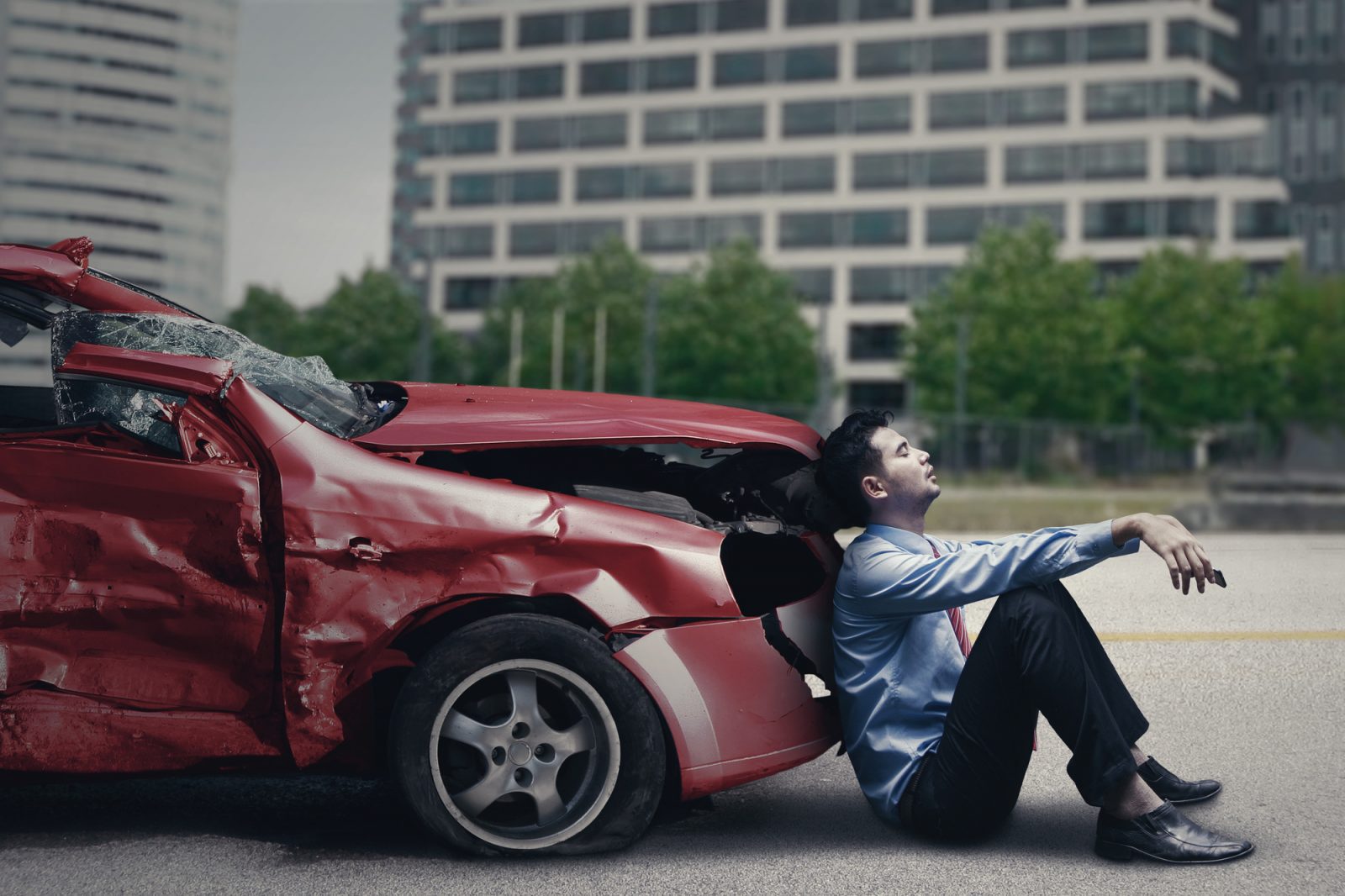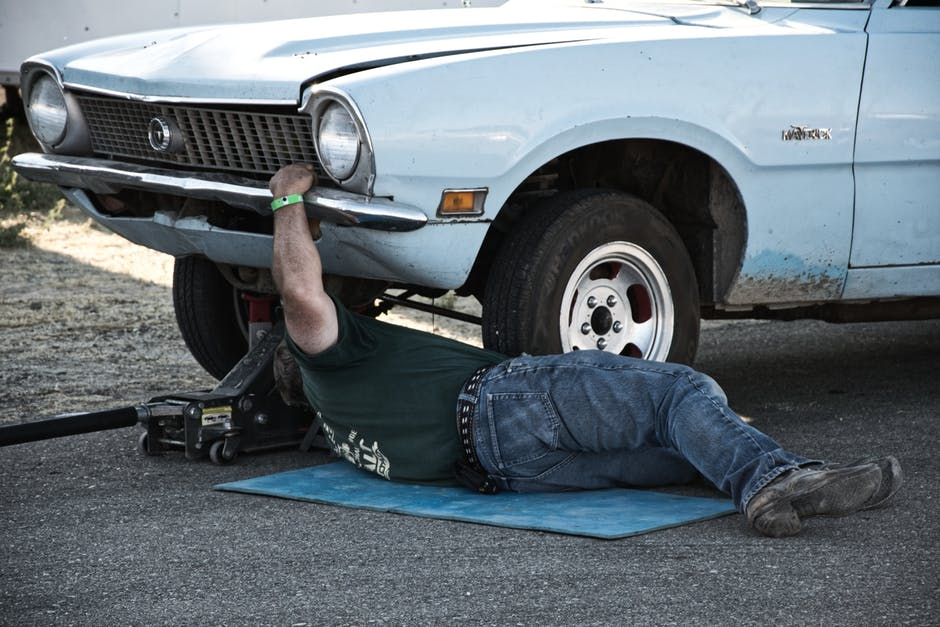What do I need for car insurance?
Good question!
When it comes to picking vehicle insurance, it’s easy to become overwhelmed with all of the technical jargon and legal speak. While you might be tempted to accept the 1st cookie cutter policy you come across, customizing your policy is always the best option.
Every year, motor vehicle accidents cost Americans $445.6 billion in injuries, lost income, and property damage. If you don’t have a customized policy that’s built to fit your specific needs, you won’t have the right coverages in place when you need them the most! The first step towards building a perfect policy is to learn what each car insurance coverage does, and why you need it.
Read on to learn the ins and outs of car insurance coverages.
What Do I Need for Car Insurance Liability Coverages?
First, you’re probably wondering, “What do I need for car insurance when it comes to liability?”. Liability is a term you’ll hear used a lot as you begin shopping around for a policy that’s right for you.
There are 2 types of liability coverages every car insurance policy needs: bodily injury and property damage liability. If you’re found liable, or at fault, in an accident, your liability coverages will kick in.
How Bodily Injury Liability Works
Bodily injury coverages will help pay for the medical expenses of the person you hurt in the accident. Your bodily injury coverages can also help cover legal fees and lost wages in the event you enter into a lawsuit.
As you begin calling car insurance agents, get their opinion as to how you should set up your coverage limits. Depending on your current financial situation, your agent may suggest you set higher or lower limits to meet your needs.
For instance, if you’re gainfully employed and have a lot of assets, you’d have more to lose in the event of a lawsuit than someone who’s barely making ends meet. Your agent may suggest you carry high limits such as $250,000/$500,000 to cover all of your bases.
How Property Damage Liability Works
Property damage liability coverages kick in whenever you cause an accident that results in property damage. The coverages can help pay for the other driver’s vehicle repairs, along with any other property you may have damaged. For instance, if you caused an accident that destroyed a fence, your property damage liability coverages would help pay for it.
Coverage for Physical Damages
Moving on, let’s look at the coverages you’ll need for physical damages to your vehicle. While liability coverages help protect your money, physical damages help protect your car. Unless you have an extremely old car that’s not worth more than a couple of grand, it’s a good idea to have “full coverage”.
When you hear someone talking about full coverage, they’re usually referring to both comprehensive and collision. We find that carrying full coverage is the best way to insure your car from all of the dangers out there.
How Comprehensive Coverages Work
Comprehensive coverages help pay for physical damages to your vehicle that are completely out of your control. For instance, if a tree falls on your car, your comprehensive coverages would help pay for the repairs. Theft, fire, extreme weather, and damage from wild animals can also be covered under comprehensive.
How Collision Coverages Work
When your car collides with something, collision coverages kick in. It doesn’t matter if you collide with a tree, a boat, a car, or an animal, your collision coverages are there to help pay for any damage to your car. Even if you’re 100% at fault in an accident, your collision coverages will still foot the bill.
If your car is totaled, collision coverages will give you payout the actual cash value of your car before the accident took place. Then you can use the funds you got from your totaled car to buy a new vehicle.
Medical Payments and PIP
Medical payments and PIP coverages help pay for your injuries, and they can also help cover the injuries of your passengers. The way your medical payments work will depend on how you have your policy set up.
How Medical Payments Work
Depending on the state you live in, you’ll have a specific coverage limit for your medical payments. The coverage limit is the maximum amount of money your insurance company will pay for an injury.
When you set up your policy, you should choose a coverage limit that will be able to help cover your needs. For instance, let’s say you’re in a car accident and you have to go to the emergency room.
You have health insurance, but your health insurance provider requires you to pay a $1,500 deductible. Your medical payments coverages can help pay your health insurance deductible.
However, let’s say your car insurance policy caps out medical payments at $500. Now, you’d still have to come up with $1,000 out of pocket for your health insurance deductible. Instead of having to pay more out of pocket, be proactive by choosing high coverage limits such as $2,000 or more for medical payments.
How PIP Coverages Work
PIP stands for personal injury protection and it’s a type of medical payment coverage. Similar to medical payments, here’s a list of things PIP coverages can help with:
- Expense of injuries
- Lost wages
- Help to pay for essential services
Both you and your passengers can use PIP coverages. In some states, PIP is required, while other states give you the option to reject the coverages.
Uninsured Motorist Coverage
Next on our list of tips for vehicle insurance, let’s look at the importance of carrying uninsured and or underinsured motorist coverage. If someone hits you with their car, and they don’t have car insurance, your uninsured motorist coverages will save the day.
What happens if the other driver has insurance, but they’re coverage limits are too low to cover the damages? Then you’d need underinsured coverages.
It’s scary how many people choose to drive without insurance. Nationwide 1 out of 8 drivers don’t have auto insurance, and that’s just the average! If you live somewhere like Florida, that number skyrockets! In Florida, 1 out of every 4 motorists is driving illegally without insurance.
Even if your state doesn’t require you to carry uninsured coverages, you should include them anyway. Your uninsured motorist coverages will help pay for your medical bills, while also covering any necessary repairs to your car.
Stack Your Coverages
If you have more than 1 vehicle in your household, ask your insurance carrier about stacking your coverages. When you have stacked uninsured coverages, you’re able to combine each vehicle’s coverage limits.
For instance, let’s say an uninsured driver hits your car and causes massive damages to you and your vehicle. If your uninsured motorist limits cap out at $100,000, you’d be on the hook to cover the rest of the expenses. However, if you stack your coverages, you can then pull funds from other vehicles on your policy that weren’t involved in your accident.
Rental Reimbursement and Roadside Coverage
After hashing out the coverages and limits you’ll need for liability, and physical damages, you’re probably ready to call it a day. However, you’re still not done! When your insurance agent offers policy add ons like rental reimbursement and roadside coverages, find out the costs.
If you have a 1 car household, paying an extra $2-3 a month for rental reimbursement would be a smart choice. In the event your car’s out of commission after an accident, rental reimbursement can pay for a rental car for as long as 60 days or more. Finally, roadside service can be a real lifesaver, helping with things like getting your keys out of a locked car, gas fill-ups, and tows.
How to Get Car Insurance Discounts
Paying for car insurance can seem overwhelming, especially if you live somewhere with high rates. Luckily, there are ways to lower your policy premium, without sacrificing your coverages.
For starters, ask your insurance provider about any discounts they offer for being a safe driver, owning a home, and or having a college education. Next, look into raising your deductible to help bring your premium down.
However, keep in mind that you’ll still need to be able to afford the deductible if you need to file a claim. Finally, find out if you can lower your rates by setting up auto-pay or paying in full.
Protect Everything You Love
Congratulations! Now the next time you hear someone asking, “What do I need for car insurance?”, you’ll be ready with an answer! Learning how to insure your car, means being able to have the peace of mind knowing that the people and things you love have the protection they need.
If you’re not 100% certain your car insurance coverages or limits are where they should be, reach out to your insurance agent today. Review your policy and make sure you’re fully covered. For more ways to cover all of your bases, read another one of our articles.







